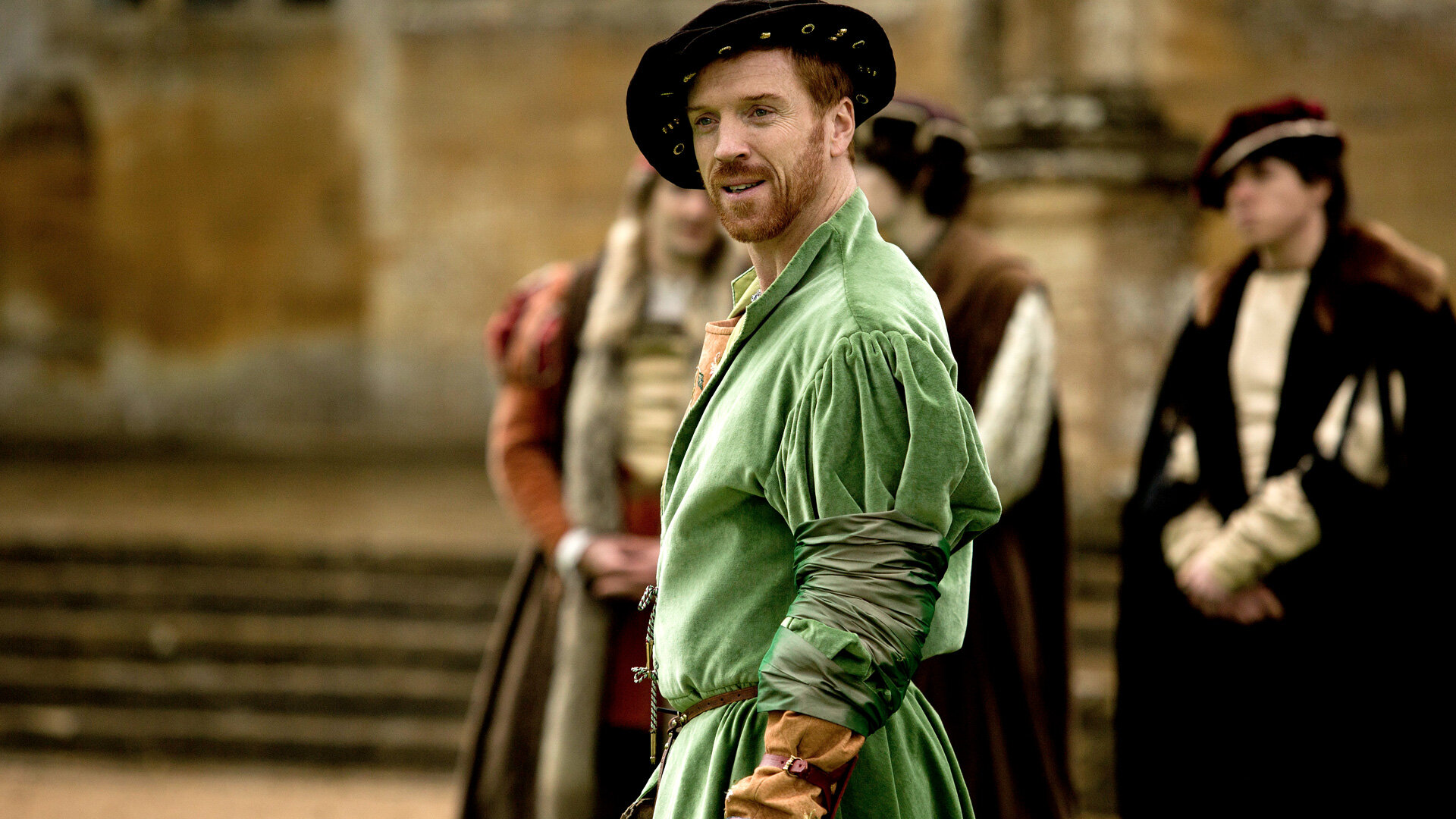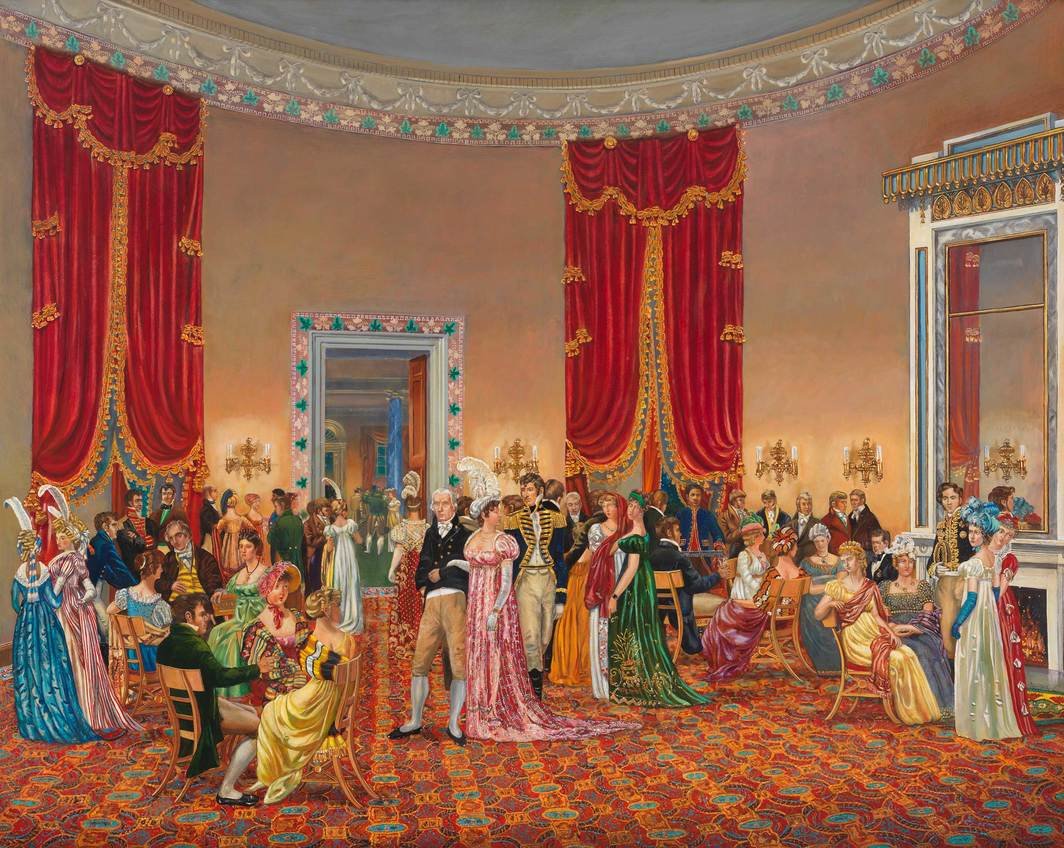How We Do It: 4 Ways to Teach U.S. Pioneer History
The idea that the United States was somehow destined to spread “from sea to shining sea” is often a philosophical cornerstone of U.S. history, with manifest destiny problematically tangled with the notion of the American dream. Tackling this period of U.S. history as homeschoolers can be a rewarding experience since you have all the freedom to move outside the textbook and really dive into the complicated history, sociology, and geography of the West. We asked four homeschool families how they studied pioneer history.
AS A MONTH-LONG ROAD TRIP
“It’s one thing to talk about the prairie and another thing to see it in person — it really is like a giant ocean of grass. I decided that our family would spend our month-long summer camping trip headed west, just like early pioneers.”
What we used: To gear up for the trip, we watched the PBS documentary The West, and I scoped out the relevant Junior Ranger badge information at the sites where we planned to stop.
Our route: We made reservations for a few places and left some days open for spontaneous exploration, which has always been a good combination for us. We followed the Nebraska Pioneer Trail, stopping at the Oregon National Historic Trail, the Stuhr Museum of the Prairie Pioneer, the Willa Cather State Historic Site, Buffalo Bill Ranch State Historical Park, and other spots.
Major output: We kept a family journal of our trip that all of took turns writing and drawing in along the way.
—C.H.*
FROM THE OTHER PERSPECTIVE
“When we watched Get Out, my daughter had the idea to turn our study of westward expansion into a horror movie about an invasion. We skipped all the pioneer diaries and Oregon Trail romance and stuck to resources that focused on the lives of people in Native American nations during the age of pioneers.”
What we used: A lot of primary sources (including the Cherokee Constitution), Dee Brown’s Bury My Heart at Wounded Knee, and Joseph Bruhac’s Our Stories Remember: American Indian History, Culture, and Values through Storytelling.
Field trip: The Smithsonian’s National Museum of the American Indian was awesome.
Major output: My daughter wrote a historical fiction screenplay from the perspective of a Chippewa girl.
—K.F.*
THROUGH PRIMARY SOURCES
“History books make it seem like western expansion is some kind of inevitable achievement, but if you go back to the writings of the time, there were a lot more questions than answers. We wanted our history to focus on how people made sense of pioneer life while it was happening.”
What we used: Lots and lots of diaries — especially diaries kept by women pioneers. Our college has a fantastic archive, so we actually got to request access to some actual pioneer diaries, and we attended a lecture series put together by a local historian.
Other resources: Reading all of these primary sources really made us see historical fiction like My Antonia and Little House on the Prairie in a new light.
Major output: My son wrote a research paper about how what women cooked reflected the increasing civilization of Iowa, using primary sources.
—K.T.*
WITH GAMING
“My kids have been playing Dungeons & Dragons since they could roll a die, so when I told them about the Oregon Trail computer game we used to play when I was in school, they came up with the idea of doing an Oregon Trail-themed roleplaying game for their history project, I knew we were going to have a lot of fun.”
What we used: We read a lot of nonfiction about the Oregon Trail (If You Were a Kid on the Oregon Trail, Voices from the Oregon Trail, If You Traveled West in a Covered Wagon). We also found a tabletop version of the Oregon Trail game that we played together.
Beyond the game: I’d never realized how little Native Americans get talked about in pioneer history, and this unit inspired us to spend next year studying Native American history.
Major output: Our Oregon Trail game has become a fun part of our regular family game night rotation.
—K.E.
* We use initials for online publication to respect the privacy of the nice people who help us with our stories!
(We’re Amazon affiliates, so if you purchase something through an Amazon link, we may receive a small percentage of the sale. Obviously this doesn’t influence what we recommend, and we link to places other than Amazon.) This article was originally published in the summer 2019 issue of HSL.
















Why is it so easy to hate England's notorious King John? Oh, let us count the ways in this trash-talking unit study.